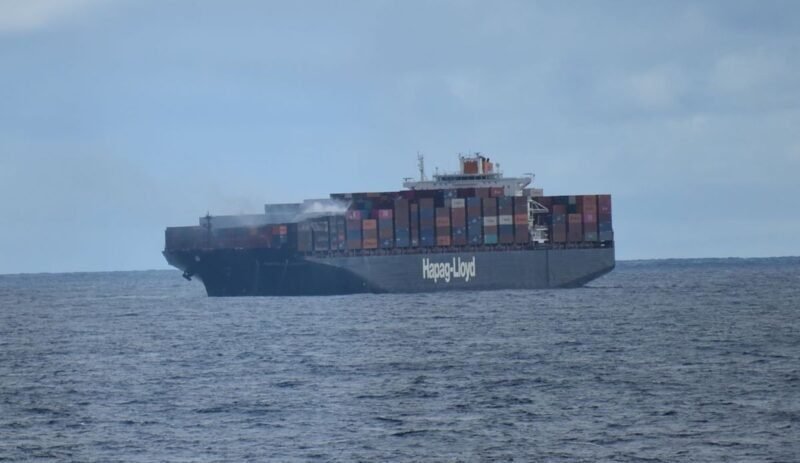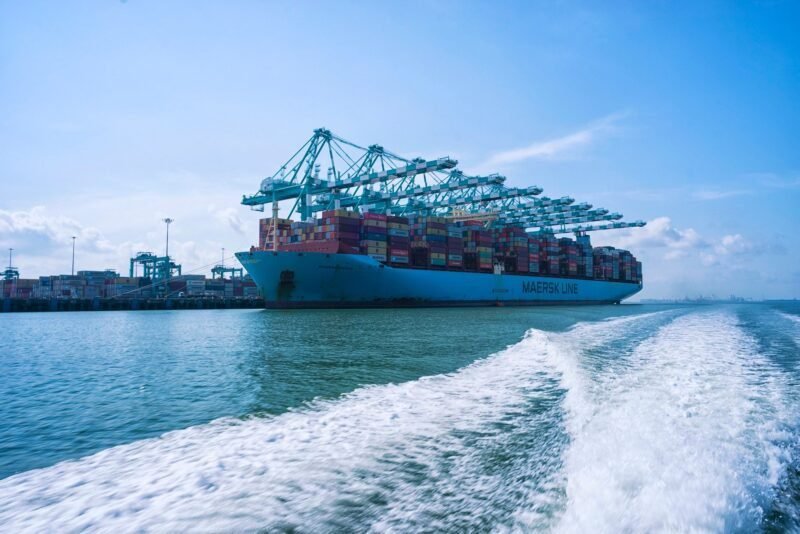Long-term container freight rates are on the rise as U.S. shippers prepare for negotiations for new contracts at the TPM24 conference in Long Beach. The Xeneta Shipping Index (XSI®) recently saw a significant increase, reaching 154.4 points in February, mainly due to Red Sea diversion-related surcharges being added to existing contracts, particularly in Asia-Europe trades.
The upcoming conference will be a platform for negotiations, with shipping lines using recent market developments and a 180 percent increase in the trans-Pacific spot market to justify tariff increases. However, U.S. shippers may argue for lower rates citing stable imports and a weakening spot market. The impact of the Red Sea surcharges on long-term tariffs, particularly in the trans-Pacific trade, is a key question for negotiations.
Xeneta VP Michael Braun highlighted the impact of Red Sea diversions on U.S. East Coast imports, where costs could double in the spot market. Despite challenging circumstances, Braun believes flexible agreements can be reached, potentially with clauses for review after three months or risk reduction indexes. The key, according to Braun, is to incorporate a variable element into agreements to mitigate risks for both carriers and shippers.


















